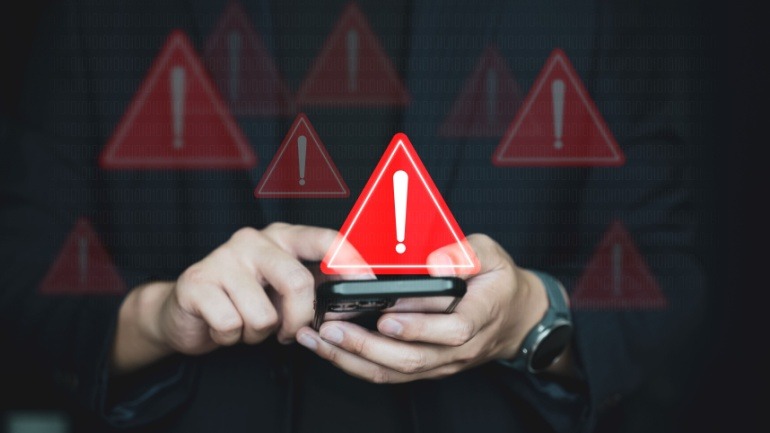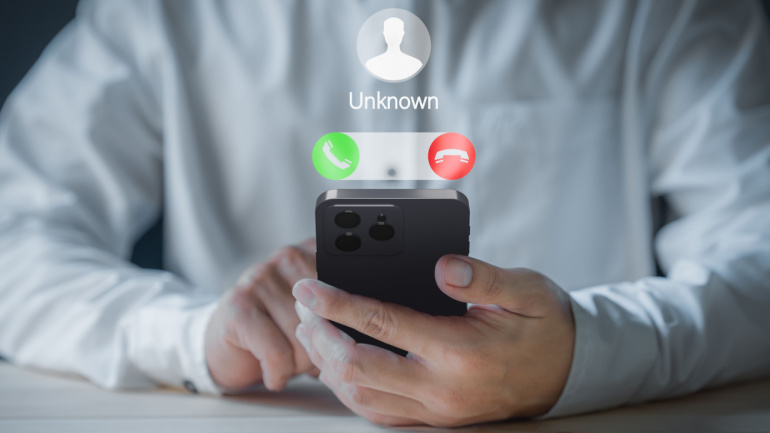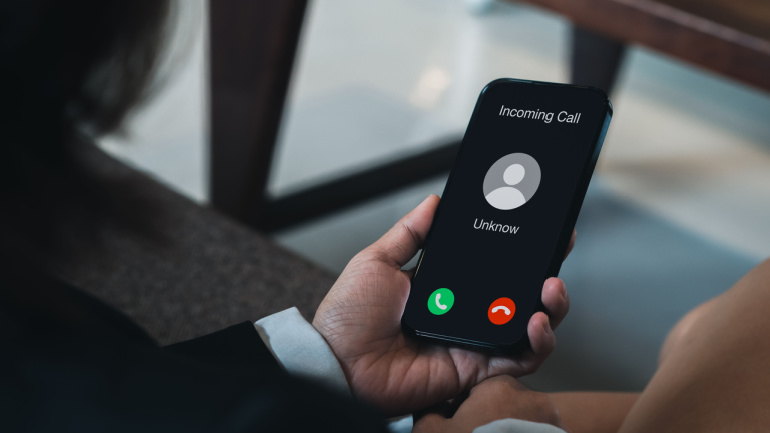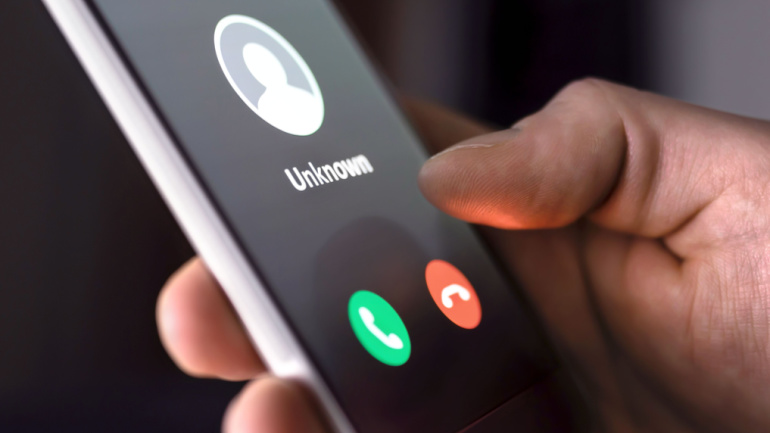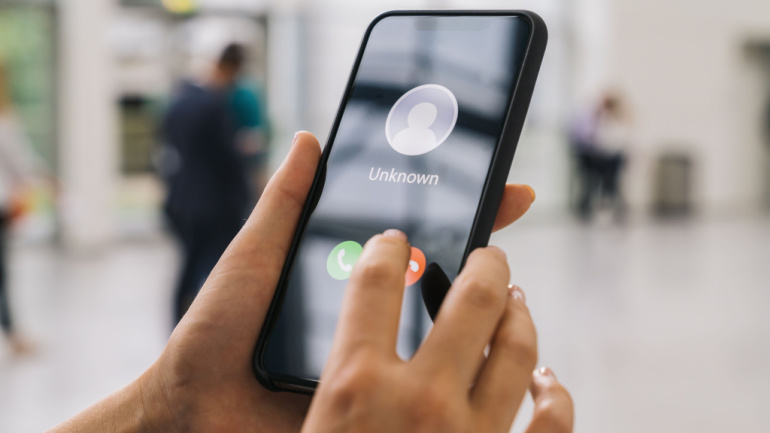BT’s Enhanced Call Protect service has revolutionized phone scam prevention on their Digital Voice platform. Leveraging hi-tech software and artificial intelligence, BT has blocked 2.4 million scam calls since May 2024. Collaborating with Hiya, the service employs machine learning to enhance scam detection, ensuring customers remain secure from vishing threats.
Ofcom, the UK’s communications regulator, introduces robust measures to combat scam calls from abroad. By mandating that phone companies block calls with fake UK landline numbers, Ofcom aims to curb ‘spoofing’ and protect consumers. With BT successfully blocking up to one million calls daily, the initiative promises enhanced public safety and fewer scam calls.
Robocalls and scam calls plague phone users, causing financial loss, identity theft, and emotional distress. These deceptive tactics exploit advancements in technology. Fortunately, individuals can fight back with call blocking apps, Do Not Call lists, and authentication technology. By working together, we can reduce the impact of robocalls and scam calls.
In a collective effort to combat the rampant issue of scam calls, the Federal Trade Commission (FTC) joined forces with the Federal Communications Commission (FCC), state attorneys general, and various state and federal agencies to announce “Operation Stop Scam Calls” on July 18. This initiative brought together 102 participants, resulting in a total of 180 enforcement actions taken at the state and federal levels.
Virgin Media O2 introduces Daisy, an AI-driven virtual assistant, tackling phone fraud by engaging scammers in conversations for up to 40 minutes. Part of the “Swerve the Scammers” initiative, this tool combines AI with insights from YouTube scambaiter Jim Browning to protect potential victims effectively, ensuring scam prevention.
In an era where voice calls still hold a significant place, a rising wave of voice fraud threatens to shatter this trust. With a shocking 16% of UK consumers falling victim to phone scams last year, global figures paint a worrisome picture. The fact that this issue is not fleeting, the average UK consumer receiving roughly four fraudulent calls per month in 2023, only heightens the concerns.
In a significant move applauded by consumer advocacy groups, the Federal Communications Commission (FCC) has voted decisively to reinforce regulations on telemarketing calls. Advocates from the National Consumer Law Center, Public Knowledge, and the Electronic Privacy Information Center (EPIC) commend the FCC for taking a stand against the misuse of consumer consent by lead generators.
In a groundbreaking move against the scourge of robocallers, the Federal Communications Commission (FCC) has announced a historic forfeiture of $300 million, showcasing their unwavering commitment to tackling the issue head-on. However, the question of when this record penalty will actually be paid remains an uncertainty.
As the UK’s communications regulator, Ofcom, prepares revised regulations that will hold telecom companies to a higher standard, the UK operator BT is stepping up its efforts to fight scammers. In order to achieve this goal, Hiya Protect, a network-level monitoring system that can detect and reject suspicious calls, will be used by the company. This technology will be available to both fixed-line and mobile EE subscribers. According to a study done by the Hiya team, 29 percent of all phone calls in the UK are spam. 50 percent of those calls are fraudulent, making the UK the most fraudulent country in Europe. This demonstrates the scope of the problem, which affects a vast number of people in the UK. Naturally, Ofcom is aware of this problem. According to calculations made by the telco regulator, a quarter of UK adults dealt with at least one instance of suspicious…
YouMail released a new robocall warning, saying that utility-related impostor robocalls are posing a concern to Americans. These utility scam calls claiming to be from major American gas, electric, and other utilities in order to swindle unwary victims by threatening them with instant disconnection if their “utility bills” are not paid quickly. The specifics of the scam calls differ, but they typically claim that the user’s service is going to be terminated and that they need to click a key to make a payment or speak to someone at the business. Some calls are made from an entirely random phone number and mention a generic firm name. Others link to certain departments by using a local phone number with the recipient’s area code. Some of them utilize a spoofed caller ID from a well-known utility business. Apparently, these con artists are seeking to exploit the growing number of…



